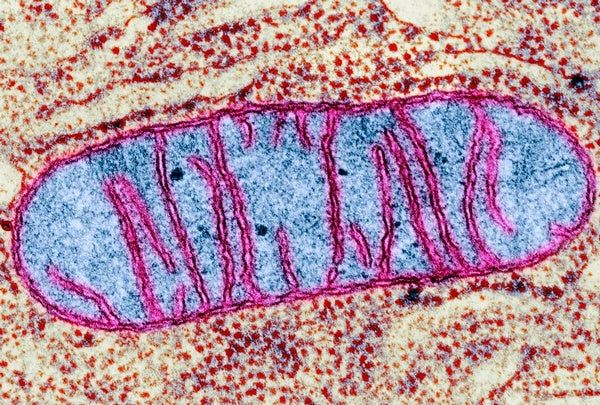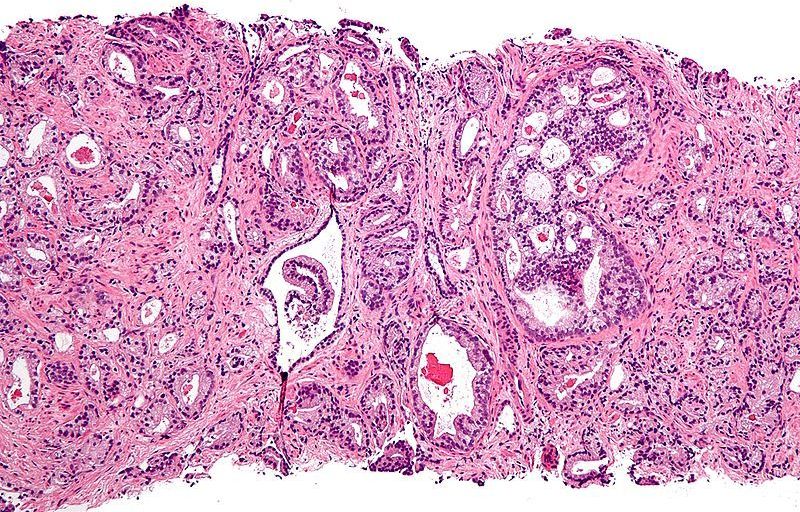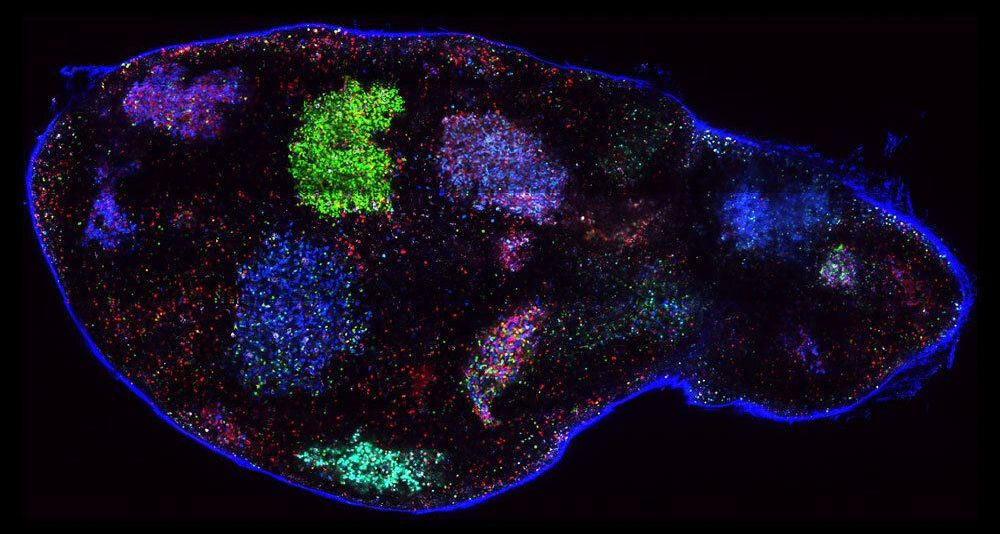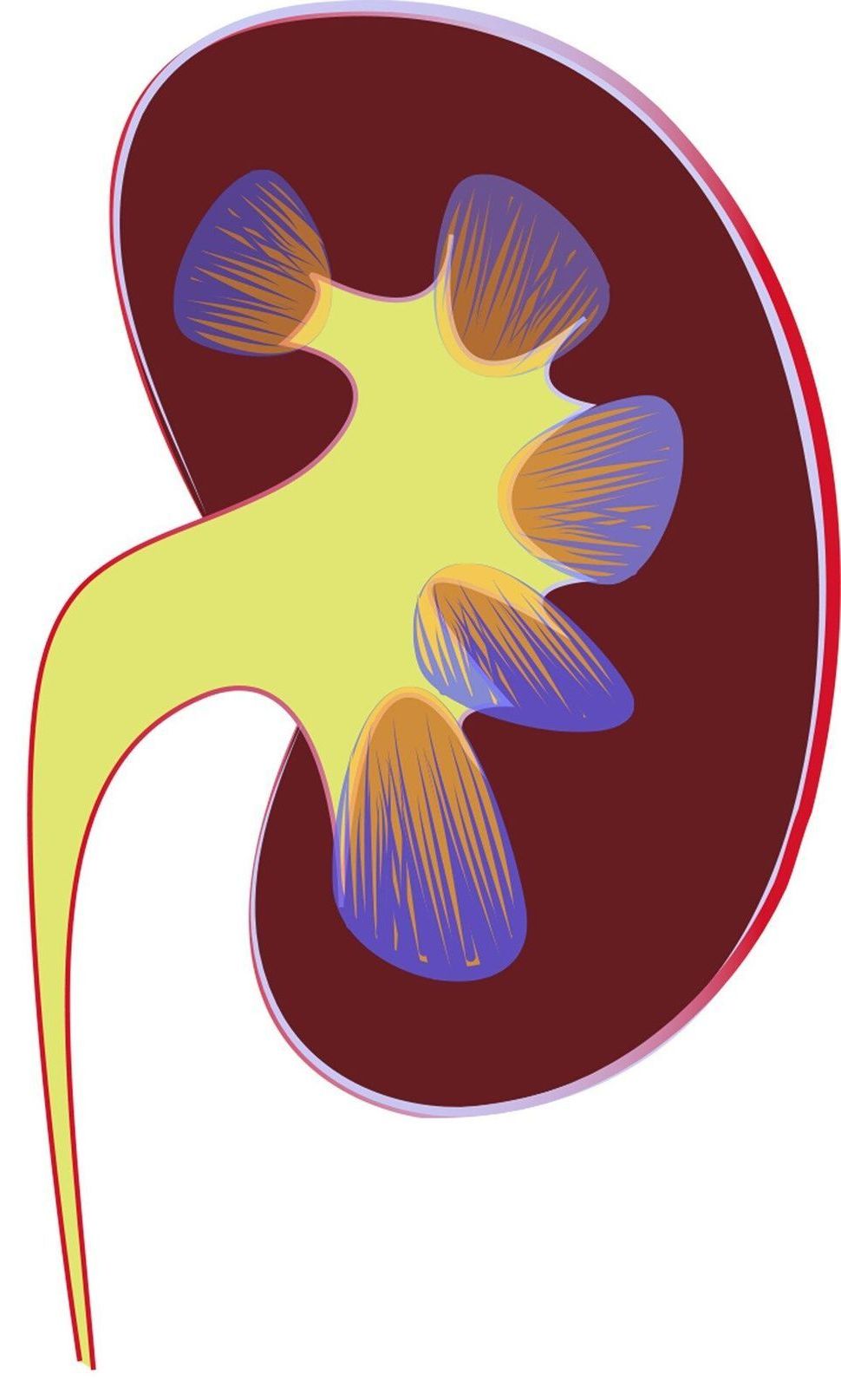There’s no sugar coating it—diabetes is shaping up to become one of the greatest health challenges in modern times. According to the World Health Organization (WHO), one in eleven individuals suffers from diabetes, and the condition was the direct cause of 1.6 million deaths in 2016, based on the latest publicly available data. WHO has since designated diabetes as one of four priority noncommunicable diseases (alongside cancer, respiratory and cardiovascular diseases) to be addressed by global health authorities.
Closer to home, more than 400,000 Singaporeans live with the diagnosis of diabetes, says the Ministry of Health. This constitutes ten percent of the local disease burden. Meanwhile, a separate study by the National University of Singapore projected that by 2050, Singapore would be home to one million diabetics if current trends continue. Wary of the insidious consequences of unchecked chronic illness, Singapore’s Health Minister Gan Kim Yong declared a “war on diabetes,” calling for a concerted national effort to prevent disease onset and better manage disease symptoms.







